2025 Ford Explorer Platinum 4WD vs. 2025 Jeep Grand Cherokee Summit Reserve: Which Luxe 4WD is Best? Here's My Brutally Honest Review originally appeared on Autoblog.
Both come from rich backgrounds of off-road capability and passenger comfort. Has modern technology helped or hurt either SUV’s credibility? I’ve driven both, and I have some thoughts.
The Ford Explorer has charmed American families since 1991. It was meant to replace the Bronco II, and came in either two-door, four-door, RWD, or 4WD configurations. It came standard with a 4.0-liter V6 that wasn’t particularly fast, but it was solid. Nowadays, the Explorer remains a charmer, but it has undergone numerous changes over the last 34 years. It went through a hybrid phase, police departments are using them, and now all four trims come with a third row. The Explorer wasn’t meant to be particularly fancy, but some trims were, while the 2025 Explorer is modernized, tech-forward, and borderline luxurious. Today, the prices range from $40,050 to $57,770, depending on the trim level and add-ons. The Explorer does come with Blue Cruise, but only from the Platinum level upward, and after a year, you will have to pay—unless you opt for the more expensive ST.
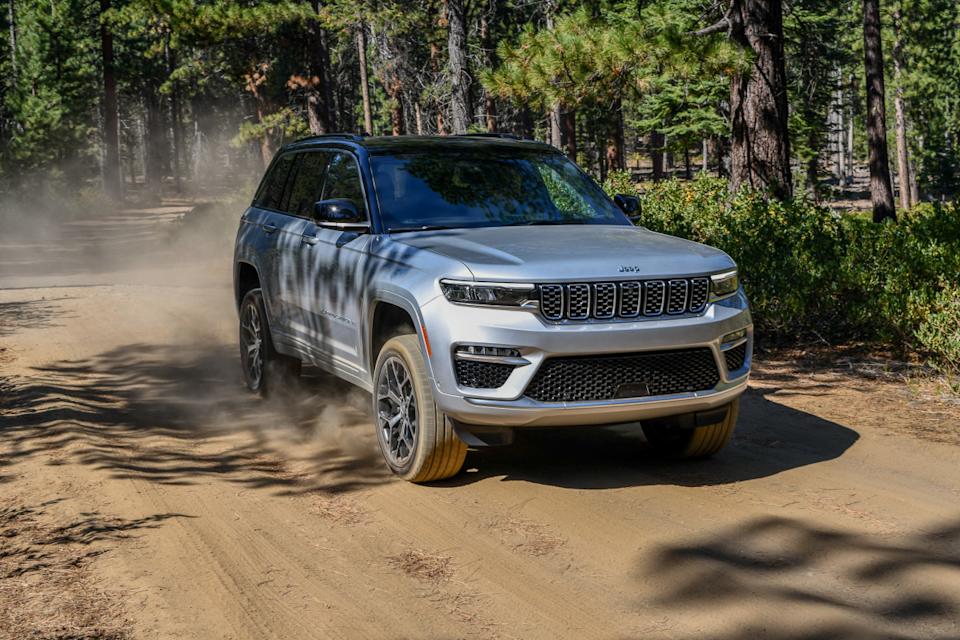
View the 2 images of this gallery on the original article
The Jeep Grand Cherokee debuted in 1993, and unlike the Explorer, it was designed to be a luxurious alternative to the standard Cherokee. It still has the rugged, tough, and proven 4WD system, but the interior was luxe and plush (think leather and wood), and the ride was much smoother as it should have been, because it was meant to replace the Grand Wagoneer. It directly competed with the Explorer and the Chevy S-10 Blazer, but stood out because it came with a big, honkin’ 5.2-liter V8. Now, both are luxurious, capable, family-oriented SUVs. Is one still better than the other? After driving both, here’s what I think.
When it comes to powertrain and trim options, the Jeep wins
Ford offers only two engines for the Explorer, both of which are gas-only. In the two lower trims, the Active or ST-Line, you get the 300 horsepower 2.3-liter turbocharged four-cylinder EcoBoost engine. The Platinum comes with the 2.3-liter as standard equipment, but can be upgraded to have the 400 horsepower 3.0-liter twin-turbocharged V6 EcoBoost engine. The ST trim has that engine as standard. But that’s it. No hybrids, no plug-in hybrids, and no electric option. It used to be a hybrid, but now only cops get those hybrids–no normies allowed. With either engine option, the towing rating is about 5,600 pounds.
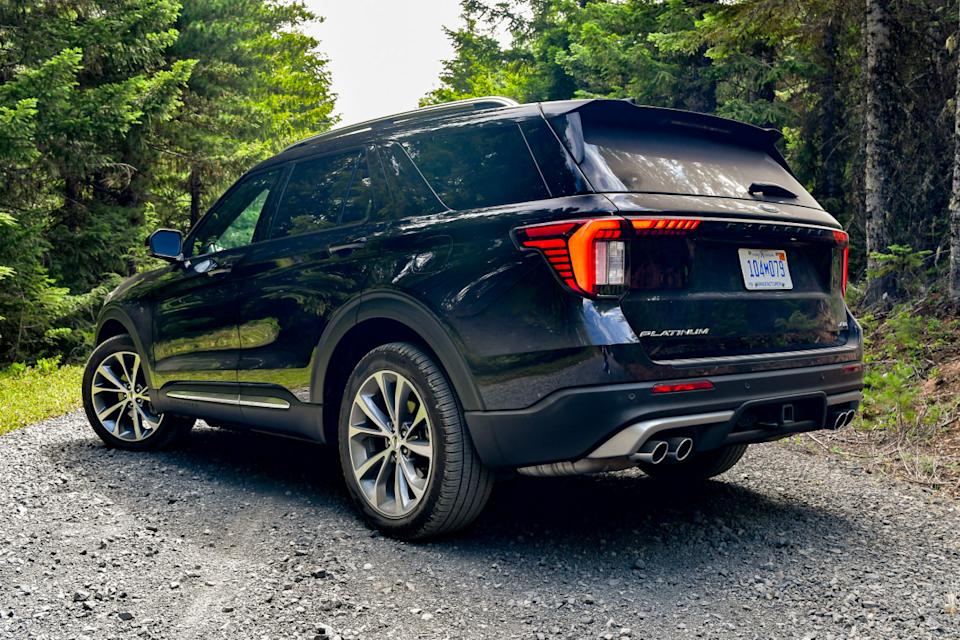
The Jeep, on the other hand, has three engine options. First is the 3.6-liter Pentastar that makes 293 horsepower, available as standard equipment in many Grand Cherokee models. Then there’s the 5.7-liter HEMI V8 in the Grand Cherokee L (the three-row model) with 357 horsepower, and finally, the 2.0-liter turbo four that comes in the 4xe PHEV configuration. That engine makes 375 horsepower when paired with the electric battery. The V6 has a towing rating of 6,200 lbs, the V8 can tow up to 7,200 lbs, and the turbo four has a rating of 6,000 lbs.
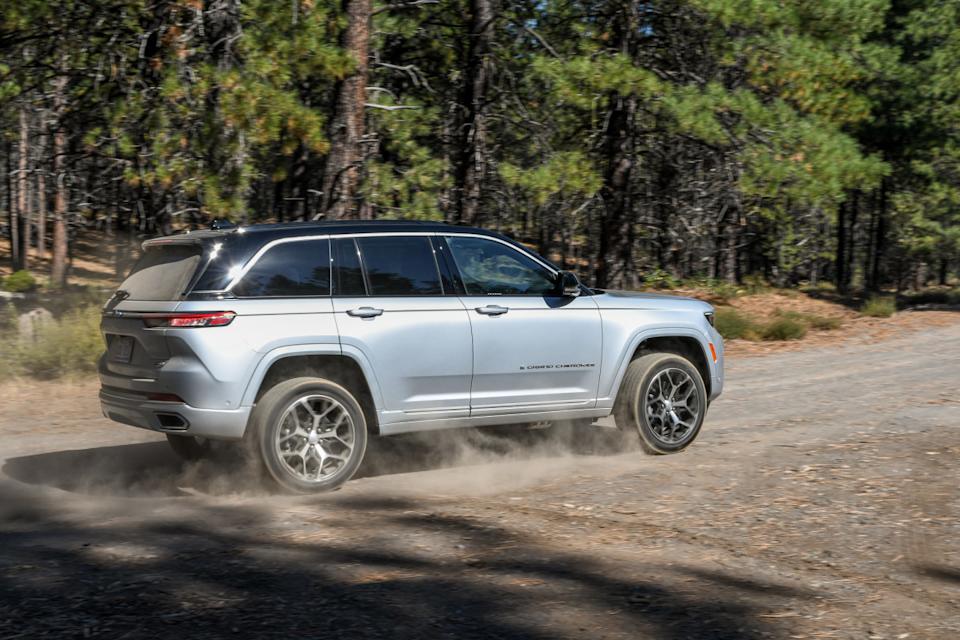
The Grand Cherokee can be configured in 21 different ways, ranging from 2WD to 4WD, with either a two-row or three-row setup, and is available as the “L” model. Those options also apply to the 4xe model, which comes with several trim level options. So, the Jeep is far more customizable. And that means a much broader price range. The gas-only models start at $36,495 and range up to $67,040, while the PHEV models start at $60,490 and range up to $79,150, depending on whether you opt for the three-row option or stick with two rows.
The Jeep’s 4WD system is much more robust
Both SUVs come with promises of four-wheel drive capabilities, but neither one has visible transfer case range selectors. It may just be something I associate with four-wheelers, but if I don’t see 4Hi, 4Lo, 2Hi, or 2Lo, it suggests it’s more of an all-wheel drive system than a proper four-wheel drive system. The Jeep Grand Cherokee is available with one of two systems: the Quadra-Trac I or Quadra-Trac II system. The Quadra-Trac I system is found on the Altitude X trim, while the second system is found on the Overland, Summit, and Summit Reserve trims. The “I” and “II” tell us that it has one or two gears in the transfer case. Quadra-Trac I is a single-range, full-time automatic transfer case designed for “all-weather” driving, which doesn’t require driver input to distribute torque or activate the brake lock differential.
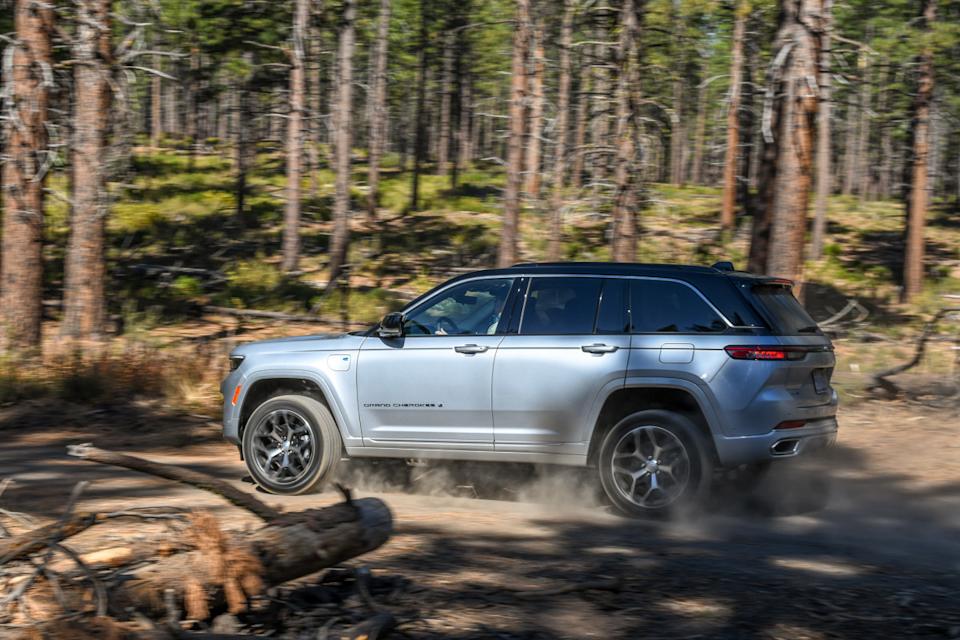
The Quadra-Trac II features two transfer case ranges: high and low, making it a true 4-wheel drive. Selec-Terrain will automatically select the appropriate range, depending on the chosen drive mode. There’s also Quadra-Drive, which builds on the Quadra-Trac system, featuring an electronic limited-slip differential that can transfer 100% of the torque to a single wheel if needed. I test-drove the Summit Reserve 4xe trim, and the adaptive air suspension, paired with the Quadra-Trac II system, was exceptional off-road. The driver information screen and center screen evolved into a more cockpit-like interface with a lengthy list of vehicle information to choose from. Temperatures, camera angles, pitch and roll, suspension monitors, and tire pressure readings–all of it was there with the tap of a finger. The PHEV’s battery is also sealed shut, allowing it to handle water crossings up to two feet deep.
In the Ford, the only hint at a 4WD system was an “Off-Road” driving mode that came with a warning NOT to use it on pavement. Otherwise, there was a Slippery/Wet mode, as well as modes for Dirt/Sand, Towing/Hauling, Normal, and Eco. That was it. In Slippery/Wet or Dirt/Sand, no warnings were given to avoid the pavement. In Off-Road, no vehicle information was presented, unlike the Jeep.
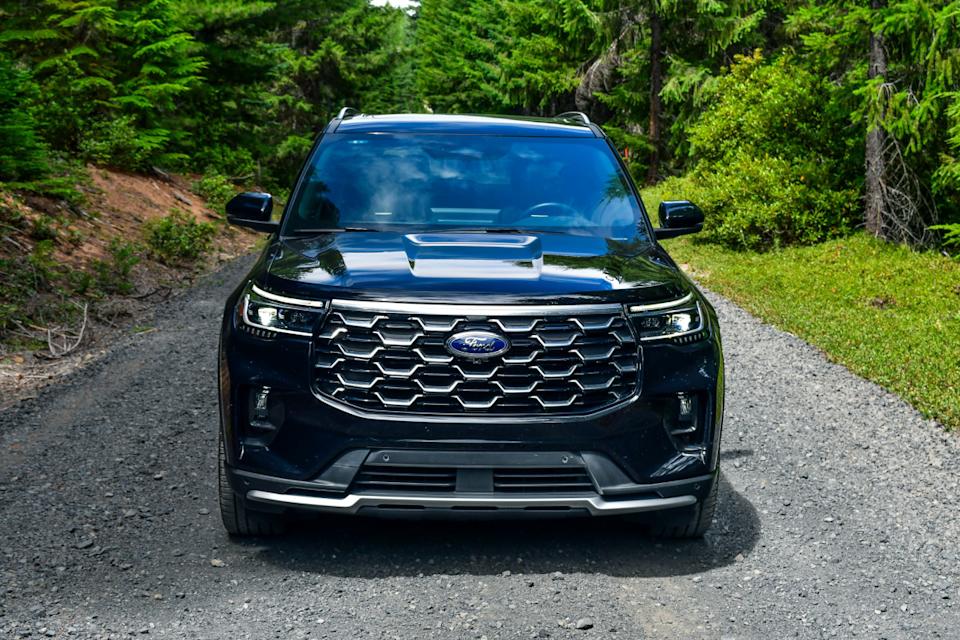
So, if I were choosing between the two based solely on the 4WD system, the Jeep would be the one I’d pick. Plus, despite a smaller gas engine, the Jeep has a higher towing rating of 6,000 pounds with the right equipment, versus the Ford’s 5,600-pound rating—even with the larger twin-turbo V6 option. The Explorer has a fixed suspension system, so it didn’t feel as sturdy or as prepared as the Jeep did.
Only cops get the hybrid Explorers—Jeep offers a PHEV
For whatever reason, Ford discontinued the hybrid Explorer for the 2024 model year. It was offered as a hybrid for just three years, and now only police departments can get the hybrid versions. It’s a huge miss for Ford’s customers, as their only options are two thirsty “Eco” engines. In the Ford Explorer Platinum I reviewed, I achieved 18 mpg while driving around town and 27 mpg while driving from Bend, Oregon, to Seattle, Washington. It also cost me $86 to fuel up before heading back into Oregon. The PHEV, on the other hand, obviously scored much higher. I saw 28 mpg around town and 34 mpg on the highway. The 4xe has an all-electric range of around 27 miles, which was more than enough for me to complete all of my daily tasks without burning a single drop of gas. When I was done for the day, I’d plug it into my garage outlet, charge it overnight, and then it was ready to go the next day.
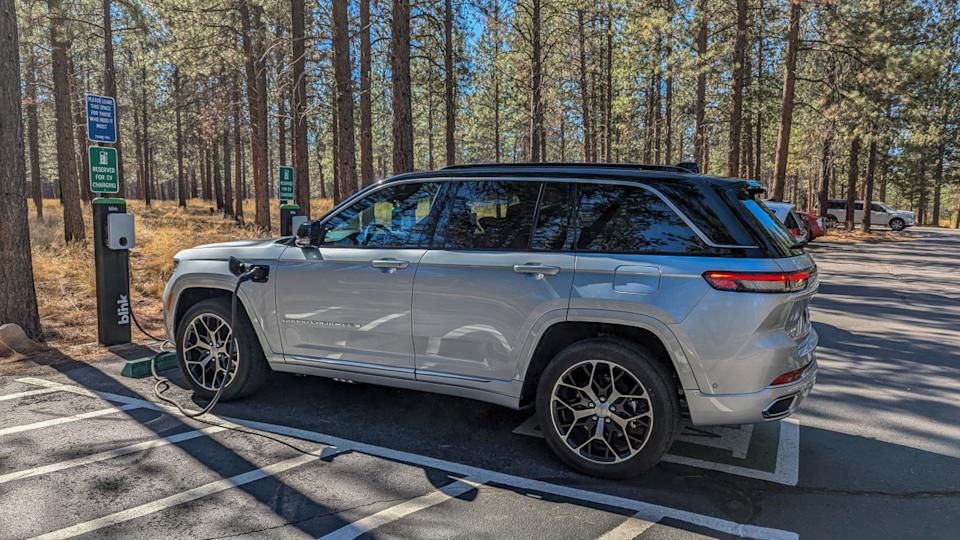
With how many hybrid or PHEV models of popular SUVs are flying off the lots, Ford would be wise to capitalize on that and offer a solid hybrid. Both the EcoBoost options for the 2025 Explorer are surprisingly efficient for their size, but when packed with lacrosse gear, two adults, two toddlers, and a teenager, the mileage was impacted. With the help of an electric battery, I didn’t see much of a change in the Jeep.
The Jeep has a third row as an option, while the Explorer has it as standard equipment
I consider myself an SUV connoisseur, but unless we’re shopping for ultra-luxe, three-figure SUVs like the Cadillac Escalade or the Lexus TX, no 3-row SUV is going to have the third-row space that a minivan does. The Explorer is no exception. The third row was very tight, even for my petite niece, who stands at 5’4”. She had to sit sideways with her legs crossed and between the second row’s captain’s chairs to be completely comfortable, and she remarked that she’d not be happy on a long road trip back there. You can opt for the Explorer with a bench seat, which I would recommend to increase cabin space for another passenger, but then the third-row occupants lose the ability to stretch out.
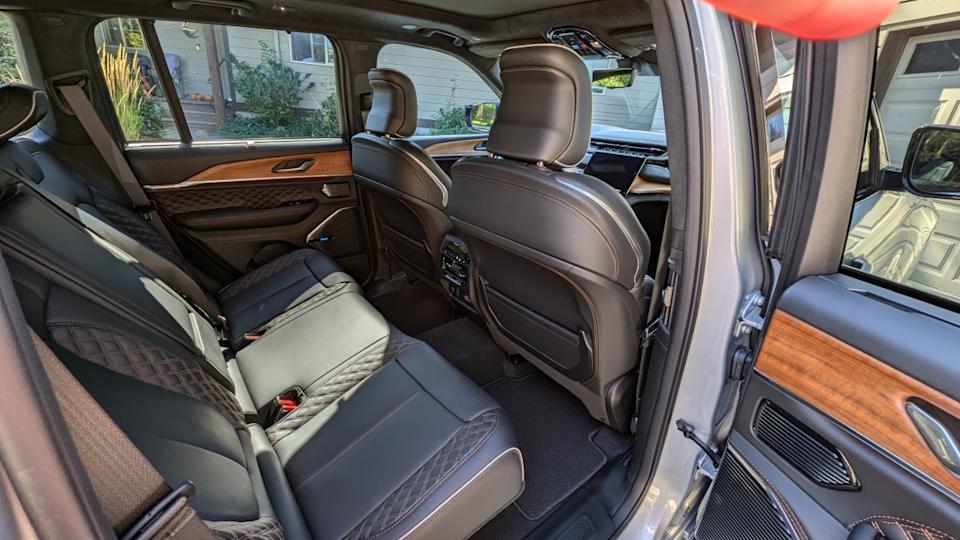
That’s why I like that the Grand Cherokee is standard with two rows, but can be bought as a 3-row if you order it as an “L.” The gas-powered Laredo, Altitude, Limited, Overland, Summit, and Summit Reserve trims can be purchased as a 3-row model. The PHEV versions can be extended, too. Buying it as an “L” extends the length by 11.4 inches, making plenty of room for a fairly comfortable third row. I wouldn’t buy the Grand Cherokee as a three-row, but I love that there’s the option to do so, unlike the Explorer. All four trims come with a third row.
As far as family hauling goes, I’d say it’s a tie
Both are incredibly comfortable, accommodating SUVs. The Summit Reserve was by far the fanciest interior I’ve ever seen in an American SUV. Still, the Ford Explorer Platinum’s optional deep-red diamond leather seats were a close second. Both had large windows that my toddlers enjoyed, had a large sunroof, and plenty of creature comforts for the second row. The Jeep’s leather-laden interior and plethora of screens weren’t as toddler-friendly as the Explorer’s, but older kids or adult passengers would be kept very busy with all the switches, knobs, climate control options, and space they have. The Jeep, though, had a bench seat as opposed to captain’s chairs, which I appreciated.
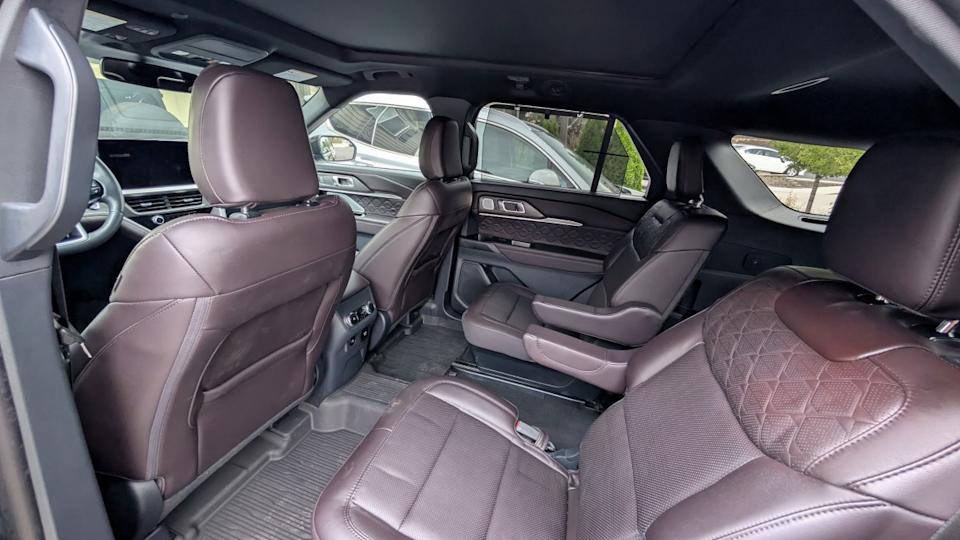
When the third row isn’t being used, the Explorer has more cargo space, at 47.9 cubic feet, compared to the Jeep’s 36.3 cubic feet. This provides more than enough room for a double stroller, a Costco haul, a diaper bag, or the family’s luggage. Thankfully, both SUVs received so much aftermarket support that it would be incredibly easy to add a rooftop basket or box to carry more items. The Explorer has a lower roofline so that the rooftop accessories would be more accessible, but the Jeep isn’t so tall that you can’t reach them.
Final thoughts
For the price, both SUVs are hard to beat, but I feel that the Jeep offers a lot more for the money. The Summit Reserve 4xe I reviewed had a sticker price of just over $76,000, which wasn’t all that bad for what came with it. The robust 4WD system, a PHEV powertrain, a beautiful leather interior, a secondary passenger’s screen (which only really came in handy while off-road, otherwise it felt very gimmicky), and a spacious and comfortable second row made that price a little more reasonable.
Plus, if you wanted a cheaper version, the 4xe starts at $60,490, which is just shy of the top-shelf Explorer ST’s maxed-out price. If you wanted a rugged, true 4WD hybrid SUV, the Jeep checked all the boxes. But if you wanted something with a smoother ride, more space, and a peppier twin-turbo option, Ford might have the SUV for you. It all just depends on what you’re expecting out of either SUV.
2025 Ford Explorer Platinum 4WD vs. 2025 Jeep Grand Cherokee Summit Reserve: Which Luxe 4WD is Best? Here's My Brutally Honest Review first appeared on Autoblog on Aug 7, 2025
This story was originally reported by Autoblog on Aug 7, 2025, where it first appeared.


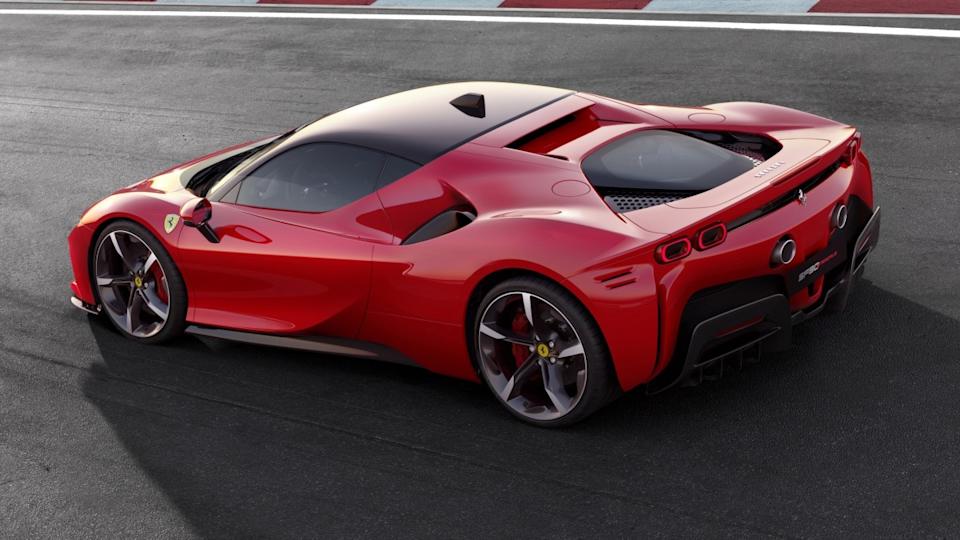
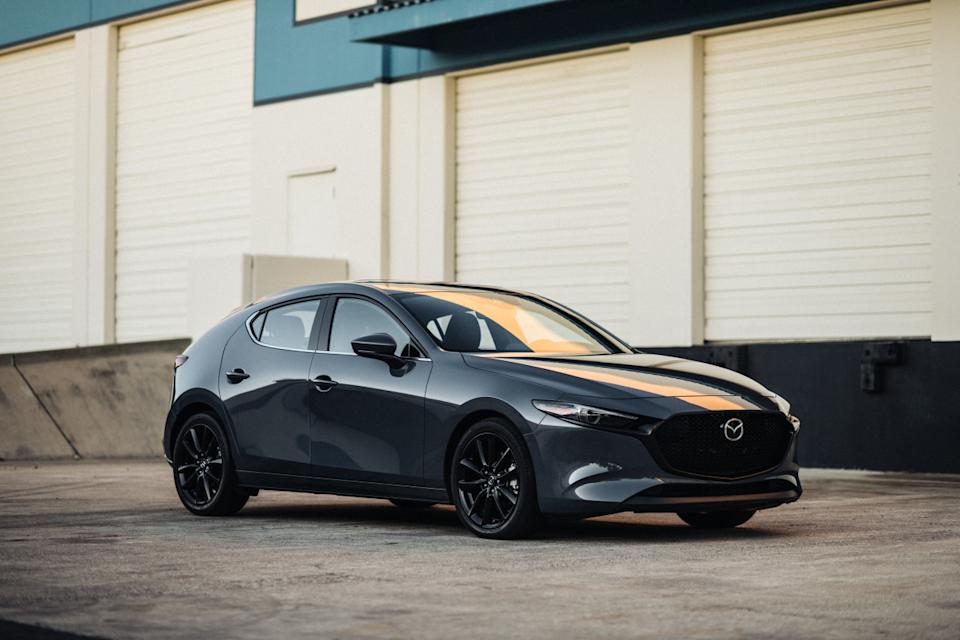

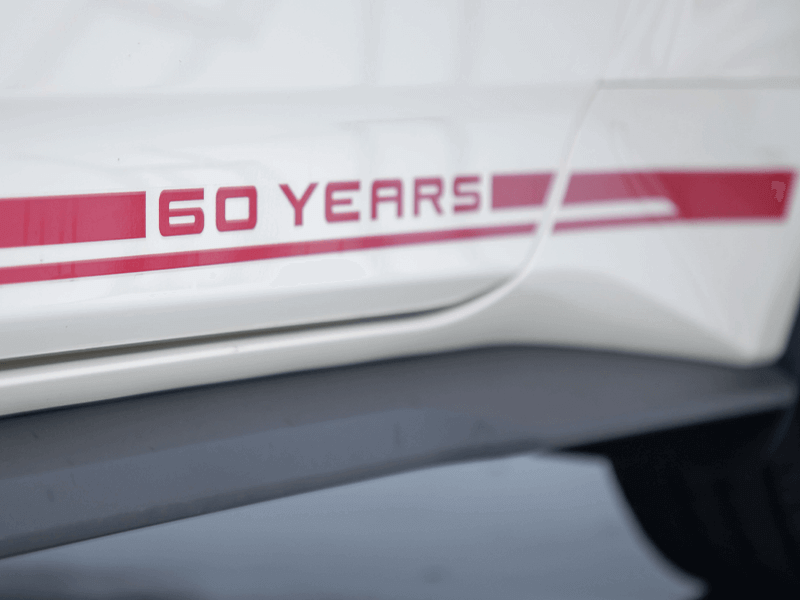
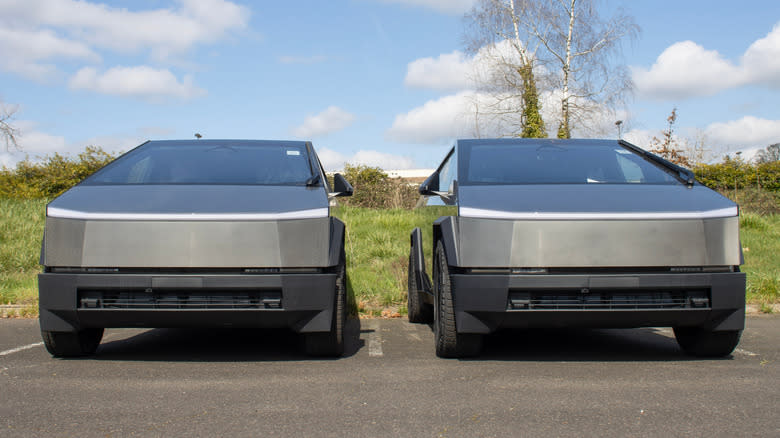
Comments